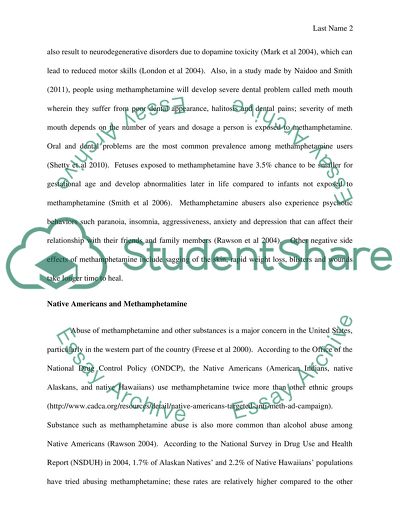Cite this document
(“The Significance of Methamphetamine Use in the Native American Culture Essay”, n.d.)
Retrieved from https://studentshare.org/sociology/1434578-the-significance-of-methamphetamine-use-in-the
Retrieved from https://studentshare.org/sociology/1434578-the-significance-of-methamphetamine-use-in-the
(The Significance of Methamphetamine Use in the Native American Culture Essay)
https://studentshare.org/sociology/1434578-the-significance-of-methamphetamine-use-in-the.
https://studentshare.org/sociology/1434578-the-significance-of-methamphetamine-use-in-the.
“The Significance of Methamphetamine Use in the Native American Culture Essay”, n.d. https://studentshare.org/sociology/1434578-the-significance-of-methamphetamine-use-in-the.


